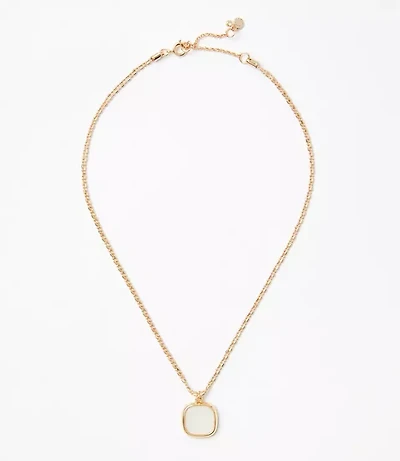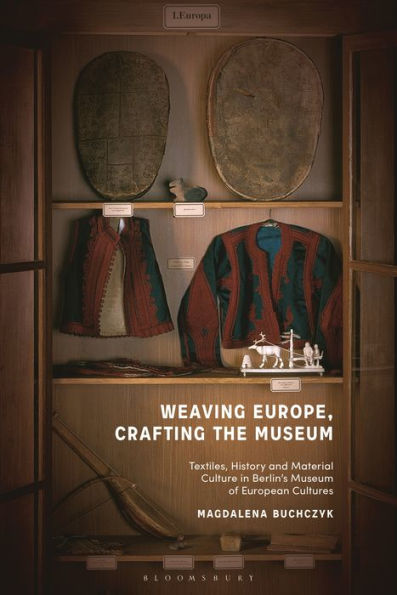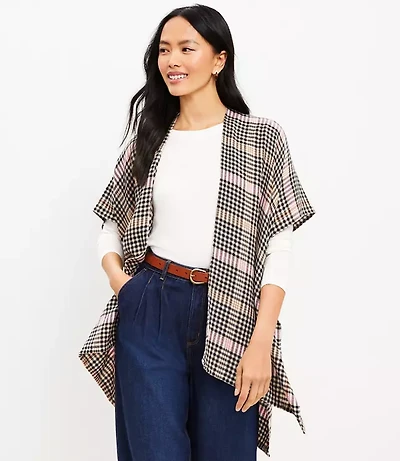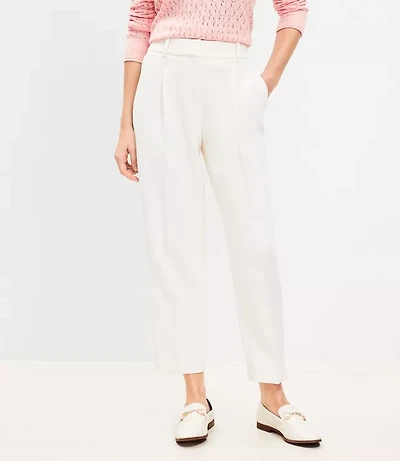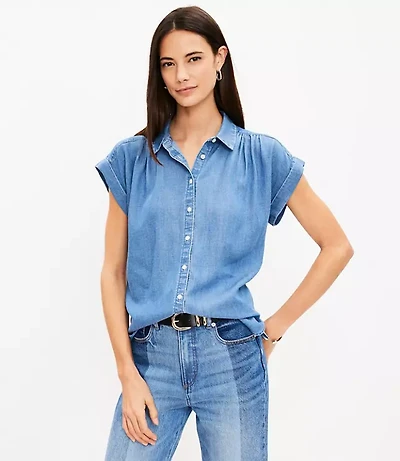Home
Aspects of Gender Identity and Craft Production in the European Migration Period: Iron Weaving Beaters and Associated Textile Making Tools from England, Norway and Alamannia
Barnes and Noble
Loading Inventory...
Aspects of Gender Identity and Craft Production in the European Migration Period: Iron Weaving Beaters and Associated Textile Making Tools from England, Norway and Alamannia
Current price: $90.00
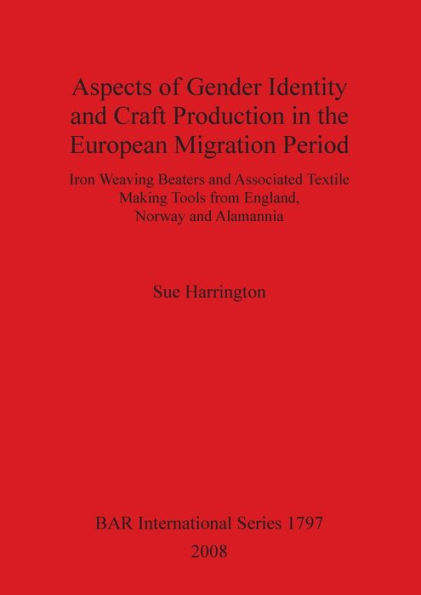
Barnes and Noble
Aspects of Gender Identity and Craft Production in the European Migration Period: Iron Weaving Beaters and Associated Textile Making Tools from England, Norway and Alamannia
Current price: $90.00
Loading Inventory...
Size: OS
*Product information may vary - to confirm product availability, pricing, shipping and return information please contact Barnes and Noble
Grave goods show that women were identified as weavers in the early Anglo-Saxon period, rather than specifically spinners, as occurs later. A key piece of weaving equipment found in migration era burials is the iron beater, shaped during this period like a sword. Spear shaped beaters appear later in the seventh century. This study is centred on a corpus of sword and spear shaped beaters not only from Anglo-Saxon England (centred on East Kent), but also from Norway, where the earliest examples are found and from Alamannia. Conclusions are drawn about the processes and social composition of textile production, including any separation of weaving and spinning, and discuss why tools associated with the women's task of weaving should be shaped as objects with masculine associations.
Grave goods show that women were identified as weavers in the early Anglo-Saxon period, rather than specifically spinners, as occurs later. A key piece of weaving equipment found in migration era burials is the iron beater, shaped during this period like a sword. Spear shaped beaters appear later in the seventh century. This study is centred on a corpus of sword and spear shaped beaters not only from Anglo-Saxon England (centred on East Kent), but also from Norway, where the earliest examples are found and from Alamannia. Conclusions are drawn about the processes and social composition of textile production, including any separation of weaving and spinning, and discuss why tools associated with the women's task of weaving should be shaped as objects with masculine associations.

